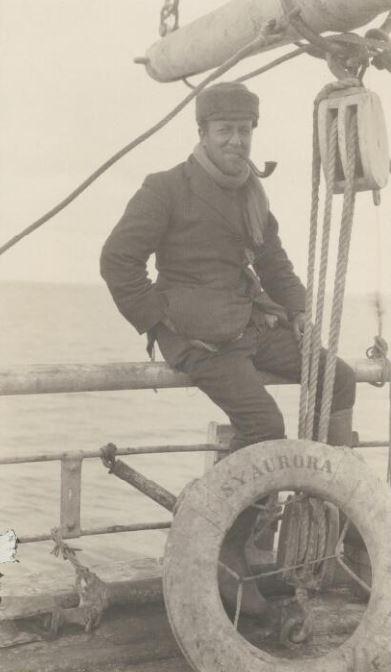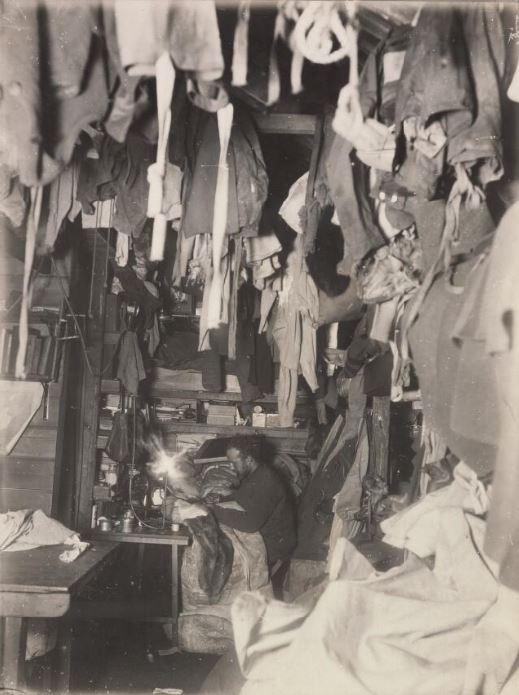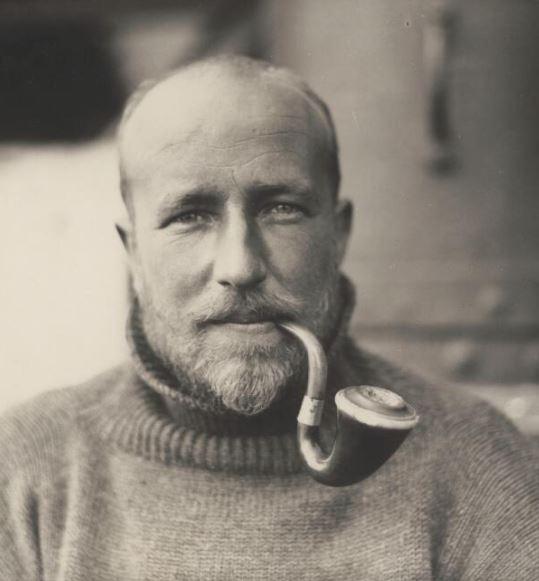Fifty Australians - Bob Badget Bage
Prize-winning student, athlete, and soldier. Bage was a young adventurous Antarctic explorer before returning to his army appointment. He was killed during the first fortnight on Gallipoli.
Captain Edward Frederick Robert Bage (1888–1915)
After graduating in civil engineering, Bob Bage joined the militia in 1909 and two years later transferred, as an officer, to the Royal Australian Engineers. Not long after that, aged 23, he took leave to accompany Douglas Mawson’s Australasian Antarctic Expedition as astronomer, assistant magnetician and recorder of tides.
Bage led the expedition’s southern sledging party on a perilous 1,000-kilometre overland journey towards the magnetic pole region. For weeks on end the group encountered blizzards, freezing temperatures, snow-blindness and frost-bite. Their return, with dwindling rations, became a race for survival. Bage’s “quiet determination, resolution, and foresight carried them through … always cheerful, ready with a hand to anybody who needed it … he was a born leader of men”.
Elsewhere, Mawson’s far eastern party struck disaster, leaving Mawson the sole survivor. Back at base, Bage was one of six volunteers who remained behind to wait for him when he failed to return in time for the expedition’s sailing. They endured another winter before the relief ship could come back for them.
On the outbreak of war, Bage was commissioned in the AIF as second-in-command of the 3rd Field Company, Australian Engineers. He took part in the landing at ANZAC on 25 April 1915. Twelve days later he was sent to an exposed position to peg out a new trench line. He came under intense machine-gun fire and was repeatedly hit. His dead body could not be recovered until dark; he was later buried in the Beach Cemetery at ANZAC.

Bob Bage, of the Australasian Antarctic Expedition, on the supply ship Aurora.
National Library of Australia. nla.pic-vn3128127

Bage mending his sleeping bag in “Mawson’s hut”, during the Antarctic expedition.
National Library of Australia. nla.pic-vn3119846

Bob Bage, member of the Australasian Antarctic Expedition
National Library of Australia nla.pic-vn3119664
- Home
- Previous: Charles Anderson
- Next: Warwick Bracegirdle
